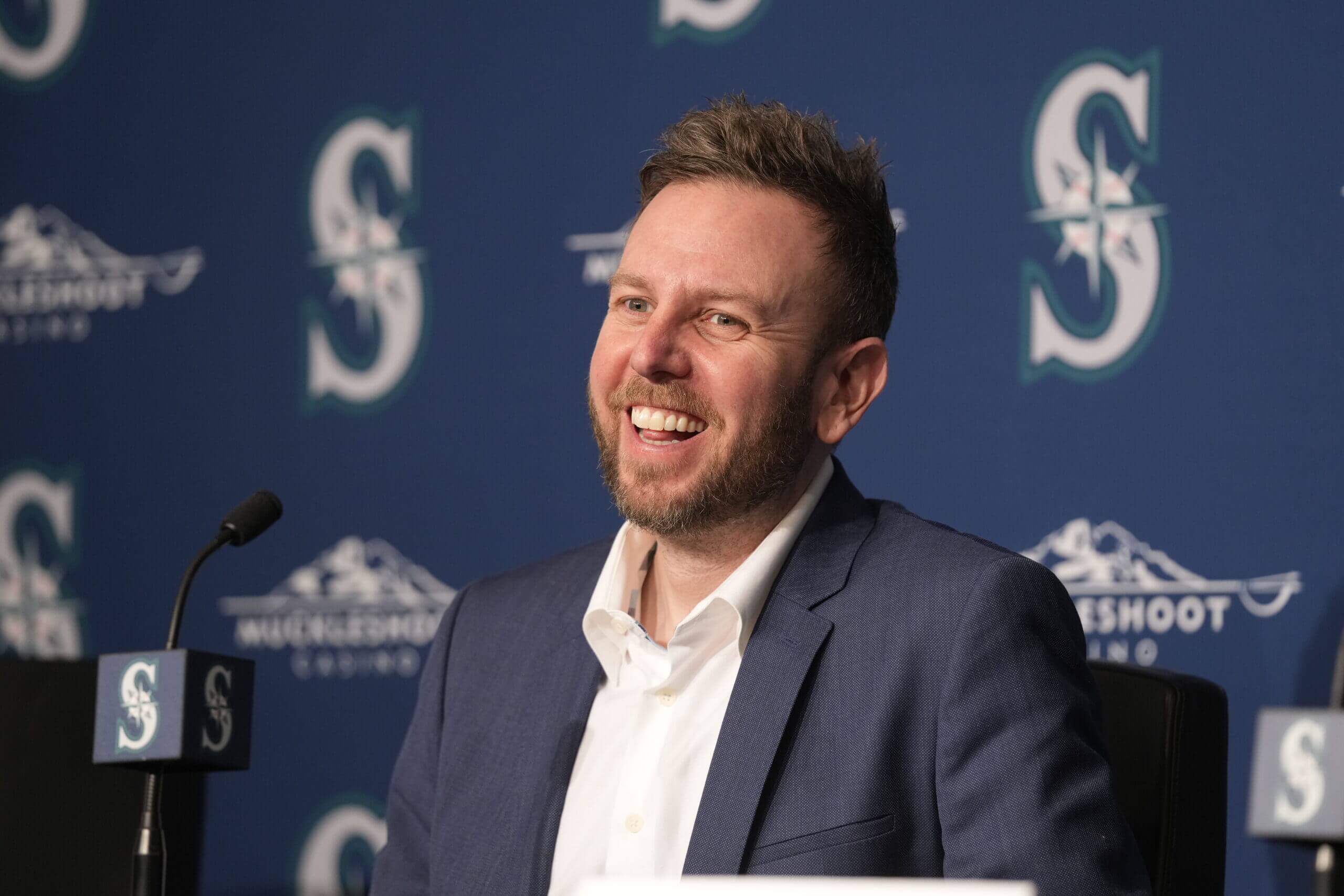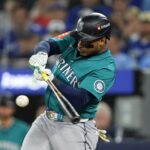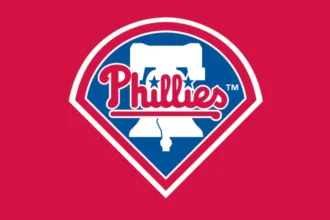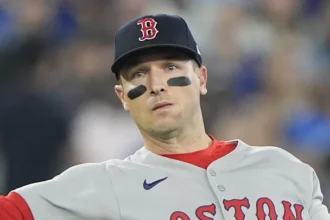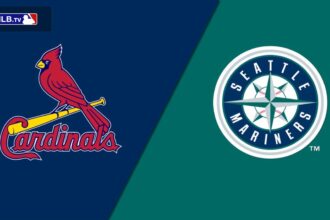The Seattle Mariners concluded the 2025 MLB season with a performance that, by most measures, could be described as impressive. After a stretch of seasons where postseason appearances were sporadic, the Mariners managed to secure a berth in the playoffs for the first time since 2022. Not only did they make the postseason, but they also fought their way through the earlier rounds to reach the American League Championship Series (ALCS), marking one of the franchise’s more memorable campaigns in recent history. Their journey to this point reflected a mix of resilience, talent, and strategic roster management, proving that the Mariners are a team capable of competing at the highest level in baseball when the pieces fall into place.
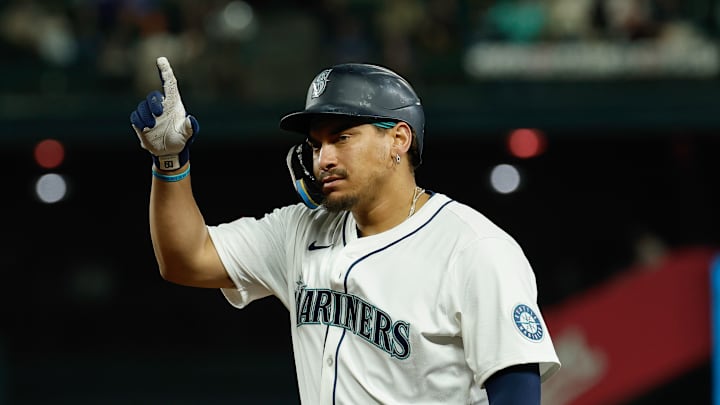
However, despite the excitement and promise, the Mariners ultimately fell short of reaching the World Series. The Toronto Blue Jays, a team that had also been building momentum through their regular-season efforts, proved to be a formidable opponent in a seven-game ALCS matchup. The series was closely contested and thrilling, with both teams displaying moments of dominance and clutch performance. Yet, when it came to the decisive moments, the Blue Jays managed to edge out Seattle, exposing some critical vulnerabilities within the Mariners’ roster.
One area that became particularly glaring during the series was pitching. Throughout the postseason, Seattle’s rotation and bullpen were tested in ways that highlighted both strengths and weaknesses. Injuries, performance inconsistencies, and a lack of depth in certain spots became noticeable. This issue was compounded by the late-season injury to Bryan Woo, a promising arm whose absence forced the Mariners to rely on less experienced pitchers to step into high-pressure roles. While some of these unproven players showed flashes of potential, the team’s collective pitching depth was undeniably strained. The situation served as a stark reminder of how crucial pitching depth is in the playoffs, where even minor weaknesses can be magnified against top-tier opponents.
Heading into the offseason, the Mariners are now faced with a series of strategic decisions that will likely shape the trajectory of the franchise for the next several years. The front office, led by General Manager Justin Hollander, has already begun to outline the team’s priorities and the challenges that lie ahead. According to discussions reported by Shannon Drayer of Mynorthwest, Hollander emphasized the importance of addressing both roster retention and acquisition, particularly as it pertains to pitching. In his assessment, the 2025 season underscored a fundamental truth in baseball: while talent can carry a team for much of the year, unforeseen injuries or slumps can expose even the most well-constructed roster, making depth a non-negotiable necessity.

“We’ve been really, really blessed with tremendous talent and tremendous health until this year,” Hollander said. “And this year, we had some of the health bug bite us, and we got exposed for part of the season. Just where we really felt like we were a little naked in terms of the next guy up over and over and over again. I’m always going to lean toward you can never have enough pitching.” His comments reflect an organization that is acutely aware of the thin margin between a deep postseason run and an early exit. Depth in pitching is more than just a luxury; it’s a prerequisite for sustained success, particularly in the grind of the regular season and the heightened intensity of October baseball.
Beyond pitching, the Mariners also face critical decisions regarding key position players. As the offseason looms, Seattle risks losing several influential contributors to free agency or contract decisions. Among these are outfielder Josh Naylor, infielder Eugenio Suarez, and shortstop Jorge Polanco. Both Naylor and Suarez will be free agents once the season concludes, and while Polanco does not yet have unrestricted free agency, his $6 million option for 2026 introduces uncertainty about his continued presence on the roster. Retaining these players would help preserve continuity and maintain the core that carried the team deep into the postseason, but the financial realities and competing priorities of the front office make it unlikely that all three will return.
Each of these players contributes in unique ways, both on and off the field. Naylor, known for his consistency and ability to produce in clutch moments, has been a key contributor in Seattle’s lineup. Suarez, a veteran infielder with a blend of power and defensive reliability, has provided stability and leadership, traits that are often underappreciated until a team faces adversity. Polanco, meanwhile, has been a catalyst at the top of the lineup, a player capable of influencing games through both offense and defense. Losing any one of these players would leave a notable gap, but retaining all three may prove fiscally challenging, given the demands of bolstering other areas of the roster, particularly pitching.
The Mariners’ front office has made it clear that acquiring pitching will be a focal point this winter. Whether through free agency, trades, or internal development, adding depth to the rotation and bullpen is a priority. Hollander’s comments make it evident that the organization recognizes the cyclical nature of baseball: teams often appear strong on paper, but injuries, fatigue, and unforeseen challenges can quickly expose vulnerabilities. By proactively seeking arms capable of contributing in high-leverage situations, Seattle aims to avoid the same exposures that affected them during the 2025 ALCS.
It’s worth noting that the Mariners have historically placed a significant emphasis on pitching development. From their farm system to scouting initiatives, the team has invested in identifying young talent capable of stepping into major league roles when needed. This season, however, underscored the limits of even the best developmental pipeline. With Woo sidelined, the next-tier pitchers were thrust into roles they were not fully prepared for, highlighting a gap between minor league potential and major league readiness. This is the kind of insight that can drive offseason strategy, as Hollander and his staff evaluate which prospects are ready to contribute and which positions require external reinforcement.

Another element to consider is the competitive landscape of the American League West. The division remains fiercely contested, with multiple franchises capable of contending for the postseason each year. As such, the margin for error is slim. While the Mariners have proven they can compete at a high level, failing to address pitching depth or allowing key position players to depart could hinder their ability to maintain momentum. The front office must weigh immediate needs against long-term planning, balancing the desire to field a playoff-ready team with the necessity of sustainable roster construction.
Contract negotiations will likely dominate headlines in the coming months. Josh Naylor and Eugenio Suarez’s free agency status means the Mariners must consider not only what it will take to re-sign them but also whether the cost aligns with the team’s broader strategy. Polanco’s option year adds another layer of complexity. While $6 million is a relatively modest figure in today’s market, the team must evaluate not just his performance but also roster flexibility, potential alternatives, and the opportunity cost of retaining him versus allocating resources elsewhere. These decisions will have ripple effects throughout the roster and the organization’s financial plan.
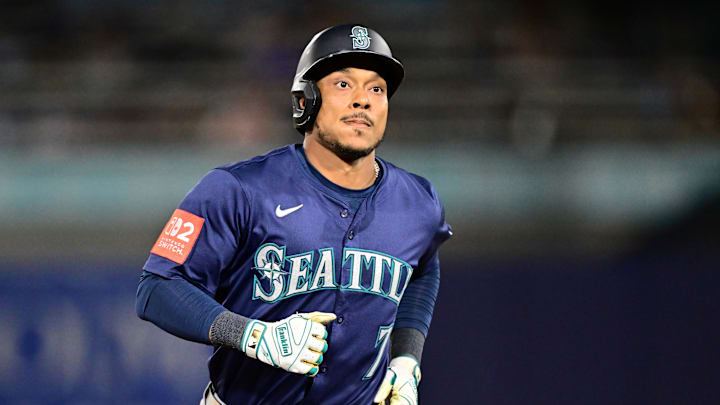
Hollander’s focus on pitching is not just about adding bodies; it’s about creating a sustainable and resilient system that can absorb the inevitable challenges of a full baseball season. Depth matters because it allows teams to navigate injuries, slumps, and high-stakes situations without being forced to rely on unprepared or inexperienced players. For Seattle, the 2025 ALCS served as a case study in the risks of inadequate depth. While the Mariners were competitive and showed flashes of brilliance, moments of vulnerability exposed by the Blue Jays highlighted areas that must be addressed if the team hopes to advance beyond the League Championship Series in the future.
The offseason will also be an opportunity for the Mariners to evaluate their minor league talent and consider potential promotions or trades. Developing young arms internally is one path to strengthening the rotation, but identifying which prospects are ready for major league action is never straightforward. Teams must weigh potential against readiness, assessing not just statistical performance but also maturity, adaptability, and mental toughness. In this context, Seattle’s development system will be closely scrutinized, with each prospect evaluated for their ability to contribute meaningfully in high-pressure situations.

Fan expectations will undoubtedly influence the team’s strategy as well. Mariners supporters have become accustomed to periods of underperformance in past years, so the excitement generated by a deep postseason run cannot be underestimated. Retaining key contributors, adding reliable pitching, and demonstrating a commitment to competitiveness will be critical not just for on-field success but also for maintaining fan engagement and support. Balancing these expectations with practical considerations of roster construction and budget constraints is a delicate task that the front office must navigate carefully.
In conclusion, the Seattle Mariners enter the 2025-26 offseason at a pivotal moment. Their recent performance demonstrated that the team has the talent and capability to compete at a high level, reaching the ALCS and challenging one of the league’s strongest teams. However, the postseason also exposed areas of vulnerability, particularly in pitching depth and roster continuity. As GM Justin Hollander has made clear, addressing these concerns will be a central focus over the coming months.
Whether through re-signing key players like Josh Naylor, Eugenio Suarez, and Jorge Polanco, acquiring additional pitching talent, or promoting ready prospects from the minors, the Mariners face decisions that could define the franchise’s trajectory for years to come. The lessons of 2025—both the triumphs and the shortcomings—provide a roadmap for the future. For Seattle, the offseason is not merely a period of reflection but a time for strategic planning, calculated risk-taking, and proactive roster management. The ultimate goal is clear: to build a team capable not just of reaching the postseason, but of advancing deep into October and competing for a World Series title.
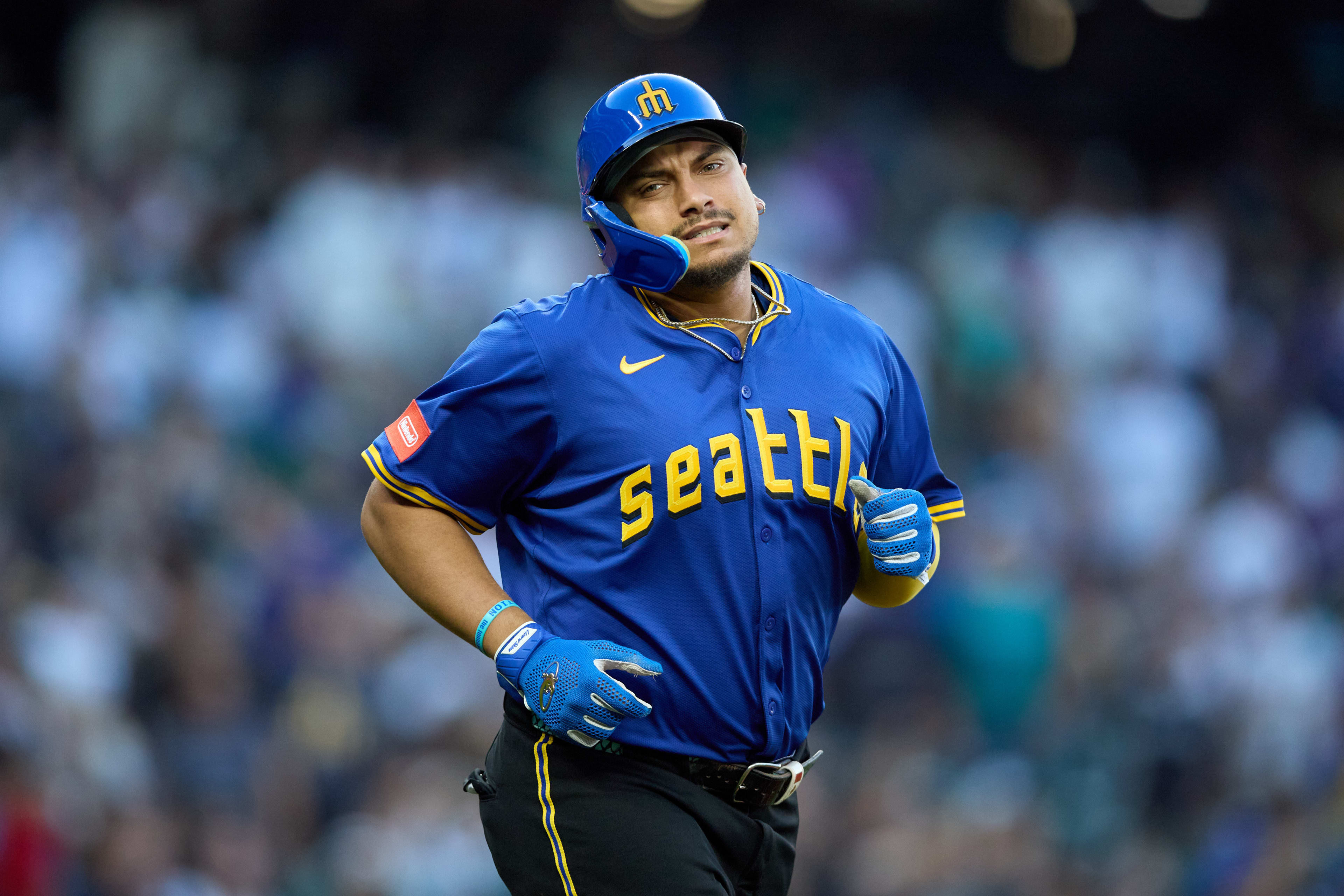
The Mariners’ challenge is formidable but not insurmountable. With a thoughtful approach to roster management, an emphasis on pitching depth, and a commitment to retaining or replacing key contributors, Seattle has the tools to maintain its competitive edge. The 2026 season represents an opportunity to build on the successes of 2025, address exposed weaknesses, and continue the franchise’s pursuit of sustained excellence in Major League Baseball. The road ahead will require careful planning, decisive action, and a clear vision for the team’s long-term success—but the foundation laid this past season offers plenty of reason for optimism.
